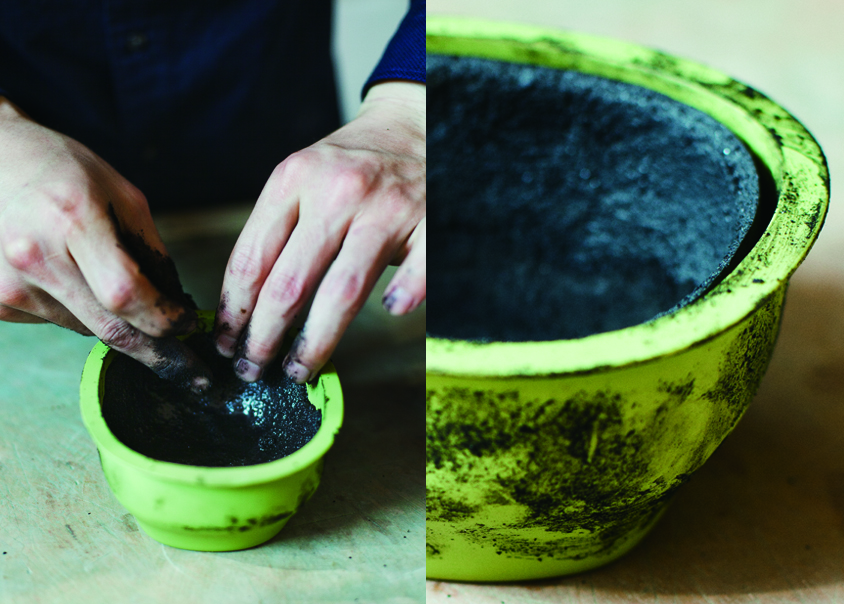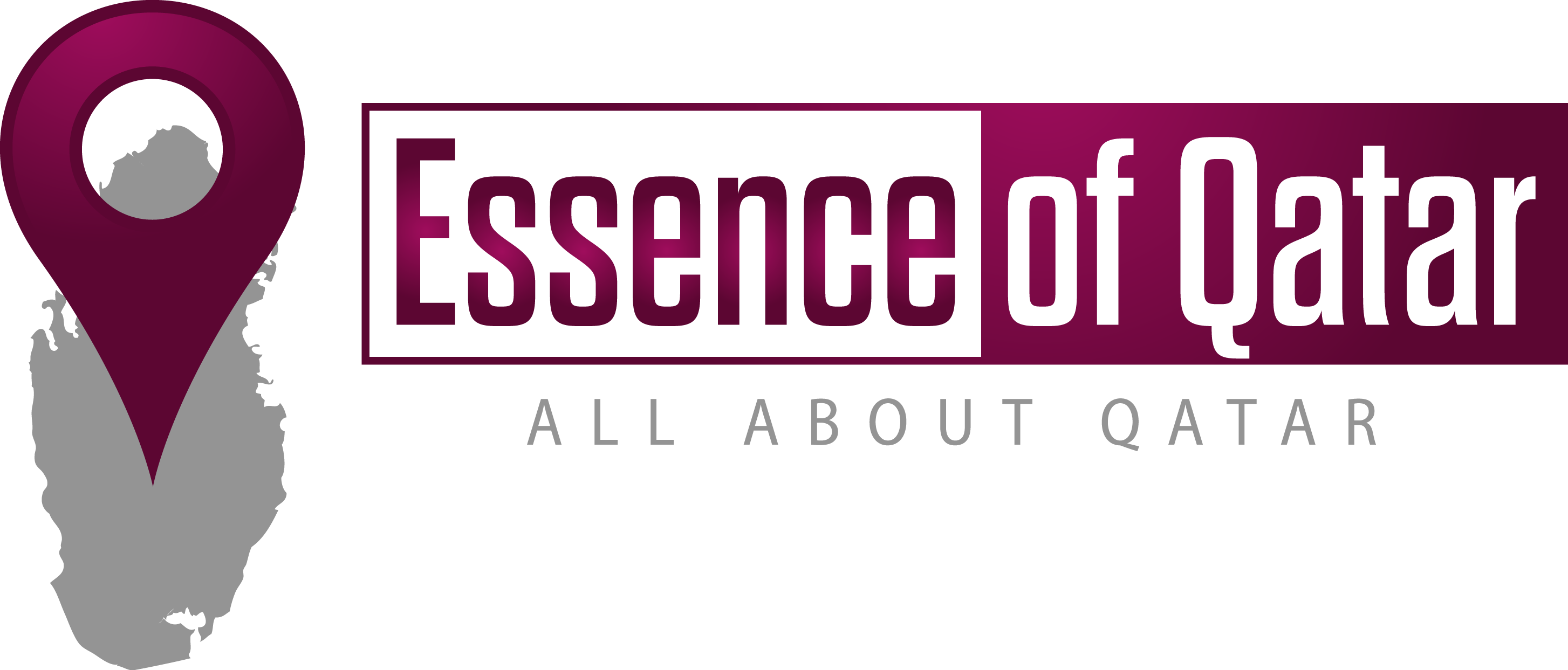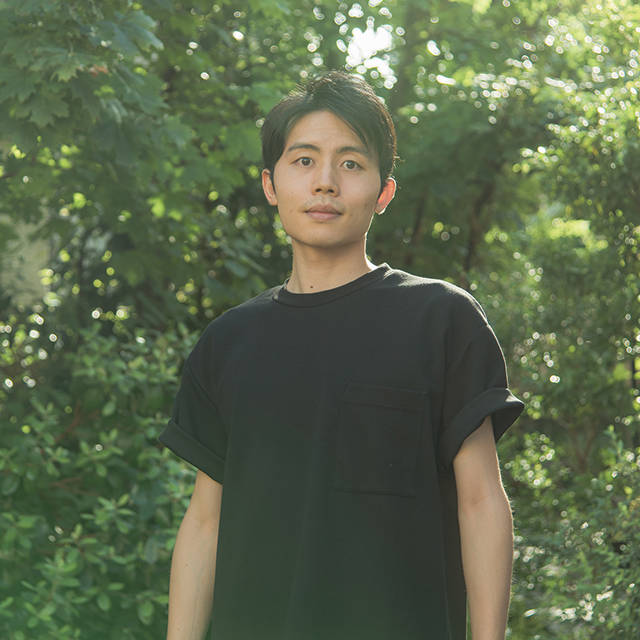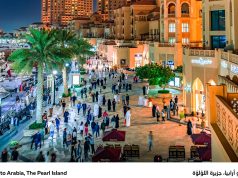Thanks to Kosuke Araki, you can eat your vegetables off a plate that’s 100% plant-based, made from food waste.
Originally born in Geneva, Switzerland in 1988, Kosuke Araki is a Japanese designer working and living in Tokyo.
Kosuke creates works in search of values or sensitivities that have been slighted in the process of rapid modernisation. He believes that there must be something vital which cannot be attained by simply pursuing efficiency and rationality. With appreciation of nature, he carefully listens to the voice of things and ponders ways to retrieve humanity in our life.
His works have been appreciated and exhibited internationally including Kunstgewerbemuseum, the MAK Wien, La Triennale di Milano, Christie’s London, Victoria and Albert Museum (V&A) and the Museum of Modern Art (MoMA). His Anima collection has been acquired for the collection of V&A and MoMA.
In the summer of 2013, Kosuke completed MA degree with the highest evaluation at Royal College of Art, where he studied in Design Products department under Tord Boontje, Sarah van Gameren (Glithero) and Philippe Malouin.
His graduation work, Food Waste Ware, was selected as one of 40 works for an exhibition, 21st century Design and Art – RCA 2013 Selected works and projects from Royal College of Art Show 2013, curated by Christie’s in London. It was also featured on Evening Standard, a free daily newspaper published in London.
Kosuke won the Grand Prix of Lexus Design Award 2016 with Agar Plasticity which was developed in collaboration with two of his designer friends. Afterwards, he designed several different limited packages and ornaments specially for Lexus. A year later, the project got Energy Globe National Award 2017.
In 2018, Kosuke was shortlisted for the Emerging Designer of the Year category of Dezeen Awards as one of six finalists.
For the 2019 edition of Dezeen Awards, Anima was shortlisted for the Sustainable Design category of Dezeen Awards as one of six finalists.
In 2020 Desktop Forest and Canopy were longlisted for the Workplace Design category of Dezeen Awards.
Tokyo-based designer and maker Kosuke Araki creates beautiful tableware from carbonised food waste and traditional Japanese lacquer. His ‘Anima’ collection transforms food scraps that are often disposed of in landfills into elegant vessels that return the issue of waste to the table.

It took Kosuke Araki years of experimenting to find alternatives to plastic. This search led him to reflect on our consumption habits and food waste.
The designer documented the quantity of food thrown away at food markets, in shops and in his own cooking and, through research and development, found a technique for transforming this waste into designer tableware, with a saucepan and baking tray as his only tools.
This project, entitled Food Waste Ware, formed part of the ‘Revolution 5.0’ exhibition held at the Kunstgewerbemuseum in Berlin in 2018. Kosuke Araki, as an extension of Food Waste Ware, designed a range of tableware called Anima, also made from food waste, combined with Japanese urushi lacquer. Pieces from this collection were included in the permanent collection at the Victoria and Albert Museum in London.

Food Waste Ware by Kosuke Araki, 2013. © Kosuke Araki
Araki’s intention in developing this unusual material was to highlight the destructive approach that prevails in modern industrial societies towards the living world that sustains us.
For his second food waste collection, Anima, Araki kept a record of all the non-edible food waste produced in his house over a two year period, including rind, peel, shells and bones. The total amount weighed approximately 315kg.

A record of food waste collected from the designer’s kitchen over one month, while researching Food Waste Ware. © Kosuke Araki

Picnic set, Koma Kyuhaku, 19th century, Japan. Museum no. CIRC.235-1922. © Victoria and Albert Museum, London
As a collection crafted entirely from food waste, Anima revisits this material history in the context of contemporary ecological concerns.
Why waste matters
In the US, UK and Europe, up to half of all food produced is wasted between farm and fork and never eaten, representing an enormous squandering of natural resources and energy. Meanwhile, vast quantities of non-edible food waste ends up in landfills, contributing to pollution and harmful emissions, instead of returning to natural cycles in the form of nutrients.
With Anima (meaning soul, spirit, life), Araki confronts the idea that we’ve ceased to appreciate the fact our food derives from valuable living matter. He writes:
Food is not a thing but life. We eat life for our existence. However, for lack of appreciation, we ‘consume’ life at a huge industrial scale…disposing of it in landfills.

Kosuke Araki
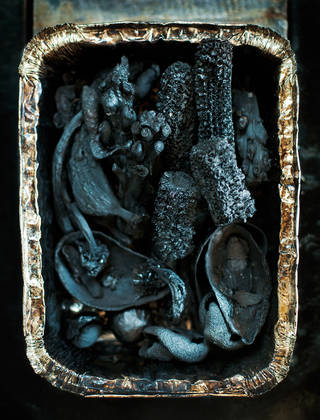
Carbonised non-edible food waste used for creating Food Waste Ware, 2013. Photograph by Masami Naruo.

Anima by Kosuke Araki, 2018 – 19. © Kosuke Araki

Food Waste Ware by Kosuke Araki, 2013. Photograph by Masami Naruo.

Anima by Kosuke Araki, 2018 – 19. © Kosuke Araki
